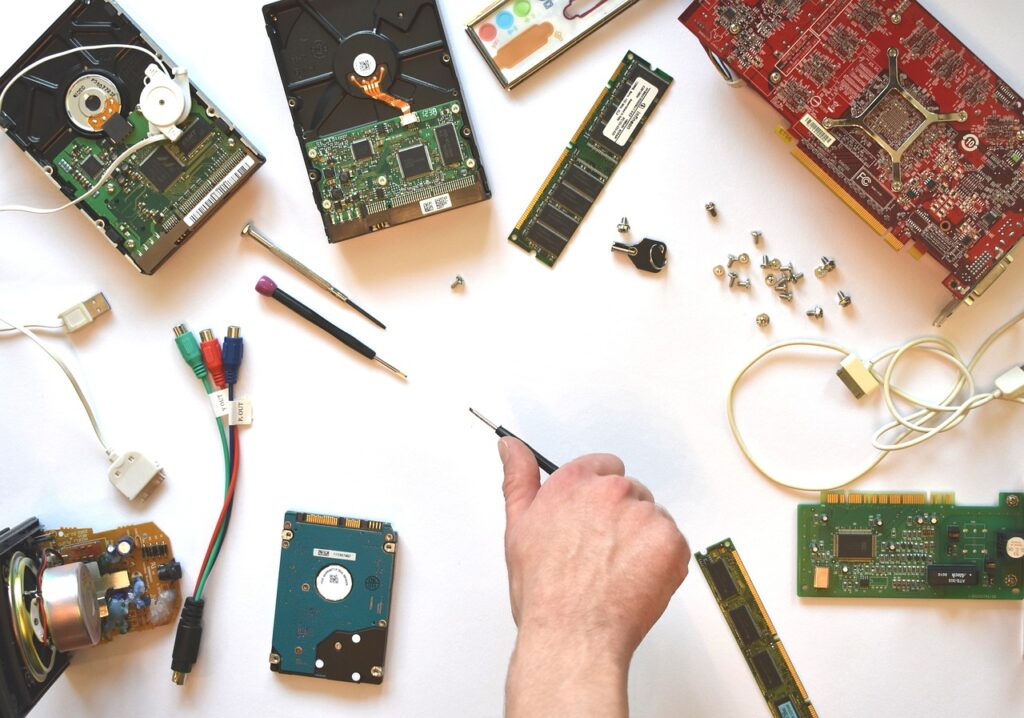Repairing a laptop can be a complex process that requires technical knowledge and skills. If you’re not experienced with laptop repair, it’s recommended to seek the help of a professional technician or a certified service center.
However, if you’re comfortable with repairing your laptop yourself, here are some general steps that you can follow:
- Diagnose the problem: Identify what’s causing the issue with your laptop. It could be a hardware problem such as a broken screen or a faulty hard drive, or a software issue such as a virus or a corrupt operating system.
- Back up your data: Before attempting any repairs, make sure to back up all your important data to an external hard drive or a cloud-based storage service to prevent data loss.
- Gather the necessary tools and equipment: You’ll need a set of screwdrivers, a can of compressed air, and possibly other tools depending on the repair you’re attempting.
- Disassemble the laptop: Carefully remove the screws and components to gain access to the damaged part. Refer to the manufacturer’s manual or online guides for disassembly instructions specific to your laptop model.
- Replace or repair the damaged part: Depending on the problem, you may need to replace a broken screen, a faulty hard drive, or a damaged keyboard. Make sure to use compatible replacement parts and follow manufacturer’s instructions.
- Reassemble the laptop: Once the damaged part has been replaced or repaired, reassemble the laptop in the reverse order of disassembly.
- Test the laptop: Turn on the laptop and make sure that the repaired part is functioning properly. If everything is working as expected, you can install the operating system and restore your data.
Remember that laptop repair can be a challenging process, and it’s always best to seek professional help if you’re unsure about any step of the repair process.



